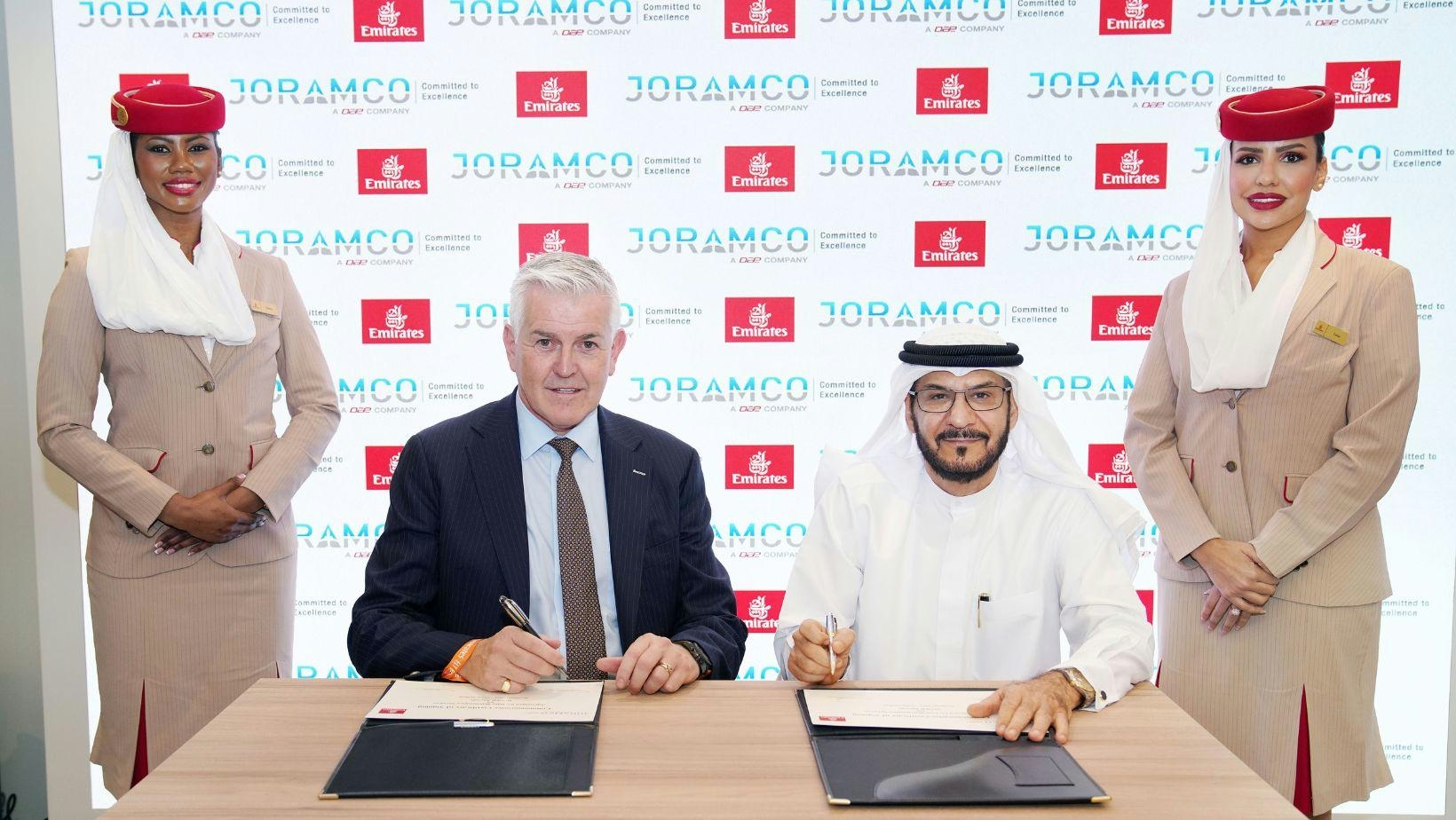
AeroGenie - مساعد الطيار الذكي الخاص بك.
الرائج الآن
Categories
IndiGo and AI Express Boost Passenger Traffic at Hindon Airport with New Routes
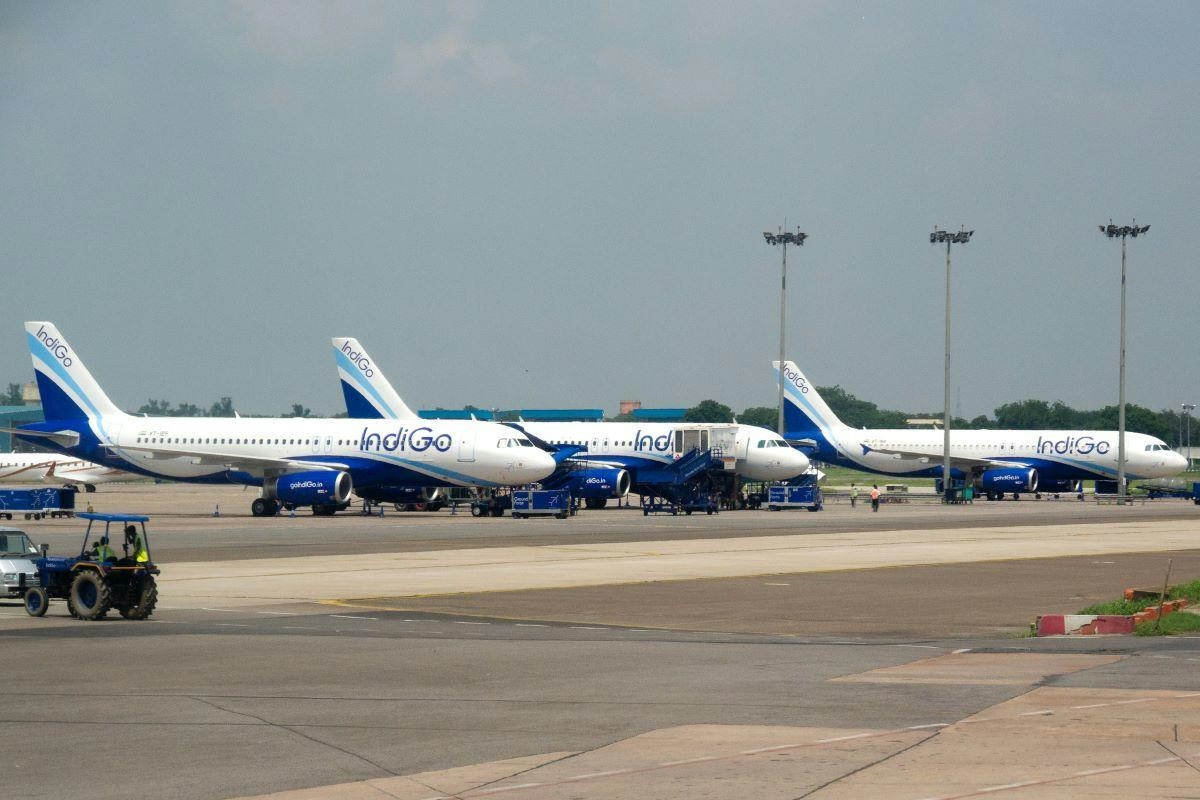
IndiGo and Air India Express Expand Operations, Driving Passenger Growth at Hindon Airport
Surge in Passenger Traffic and Airline Activity
Hindon Airport in Ghaziabad, Uttar Pradesh, is experiencing a significant increase in passenger traffic and airline operations, fueled by recent expansions from major carriers IndiGo and Air India Express. Data from the Airports Authority of India (AAI) reveals that aircraft movements at Hindon rose by 137.9% in the fiscal year 2024, reaching 3,080, while departing passengers surged 184.6% to 83,964. This growth marks a notable shift in the airport’s profile, which was previously dominated by regional carriers such as FlyBig and Star Air under the government’s UDAN scheme.
The transformation accelerated in March 2025 when Air India Express, owned by Tata Sons, became the first airline to operate from both airports in the National Capital Region. The carrier now offers connections from Hindon to major cities including Bhubaneswar, Bengaluru, Chennai, Goa, Kolkata, Mumbai, Jaipur, Varanasi, and Patna. An Air India Express spokesperson highlighted the expansion to over 60 weekly departures and the recent addition of flights to Jaipur, Varanasi, and Patna. The airline’s growing presence at Hindon reflects confidence in the rising demand for air travel in Uttar Pradesh, making Hindon its fourth major airport in the state.
IndiGo, India’s largest airline by market share, is poised to commence over 70 weekly departures to nine destinations starting July 20. These include Ahmedabad, Bengaluru, Chennai, Indore, Kolkata, Mumbai, Patna, Varanasi, and Goa. Vinay Malhotra, head of global sales at IndiGo, described the move as a strategic effort to provide an additional gateway for millions in the surrounding region. He emphasized that the ongoing development of airport infrastructure across India enables the airline to offer more convenient flight options and improved connectivity.
Cost Advantages and Market Position
Hindon Airport’s appeal to airlines and passengers is partly rooted in its cost advantages. As a UDAN airport, it offers aeronautical charges such as landing and parking fees at rates 20 to 25 percent lower than those at Delhi Airport. Airlines benefit from savings of up to ₹6,000 per flight, while the user development fee (UDF) at Hindon is waived, reducing costs for travelers. A comparison by Skyscanner found that flights departing from Hindon are 20 to 30 percent cheaper, with ticket prices lower by ₹1,000 to ₹3,000 compared to Delhi.
Despite these benefits, Hindon remains considerably smaller than Delhi Airport, which handled 57.7 million domestic passengers in fiscal year 2025, compared to Hindon’s 83,964. In April and May 2025, Delhi recorded 4.8 million and 4.5 million domestic passengers respectively, while Hindon saw 58,058 and 43,741 passengers during the same months.
Challenges and Competitive Dynamics
The rapid expansion at Hindon Airport presents several challenges. IndiGo and Air India Express must navigate regulatory constraints related to airport capacity and noise restrictions. The intensifying competition among airlines operating at Hindon could lead to fare wars, potentially squeezing profit margins. Rival carriers may respond by expanding their own route networks or enhancing service offerings to maintain market share.
Industry experts observe that Hindon’s growth helps alleviate slot constraints at Delhi Airport. Aviation analyst Ameya Joshi noted that Hindon’s proximity to Delhi, closer than Jewar Airport, could divert traffic from Jewar if airlines witness strong passenger demand and revenue. Ajay Prakash, president of the Travel Agents Federation of India, emphasized the importance of low-cost airports like Hindon in supporting budget airlines, suggesting that the development of similar facilities would benefit both carriers and passengers.
However, the global aviation sector in 2025 continues to face operational disruptions and economic pressures, factors that may influence the long-term viability of these new routes. As airlines and airports adapt to evolving market conditions, Hindon’s development will be closely monitored as a potential model for regional airport growth in India.
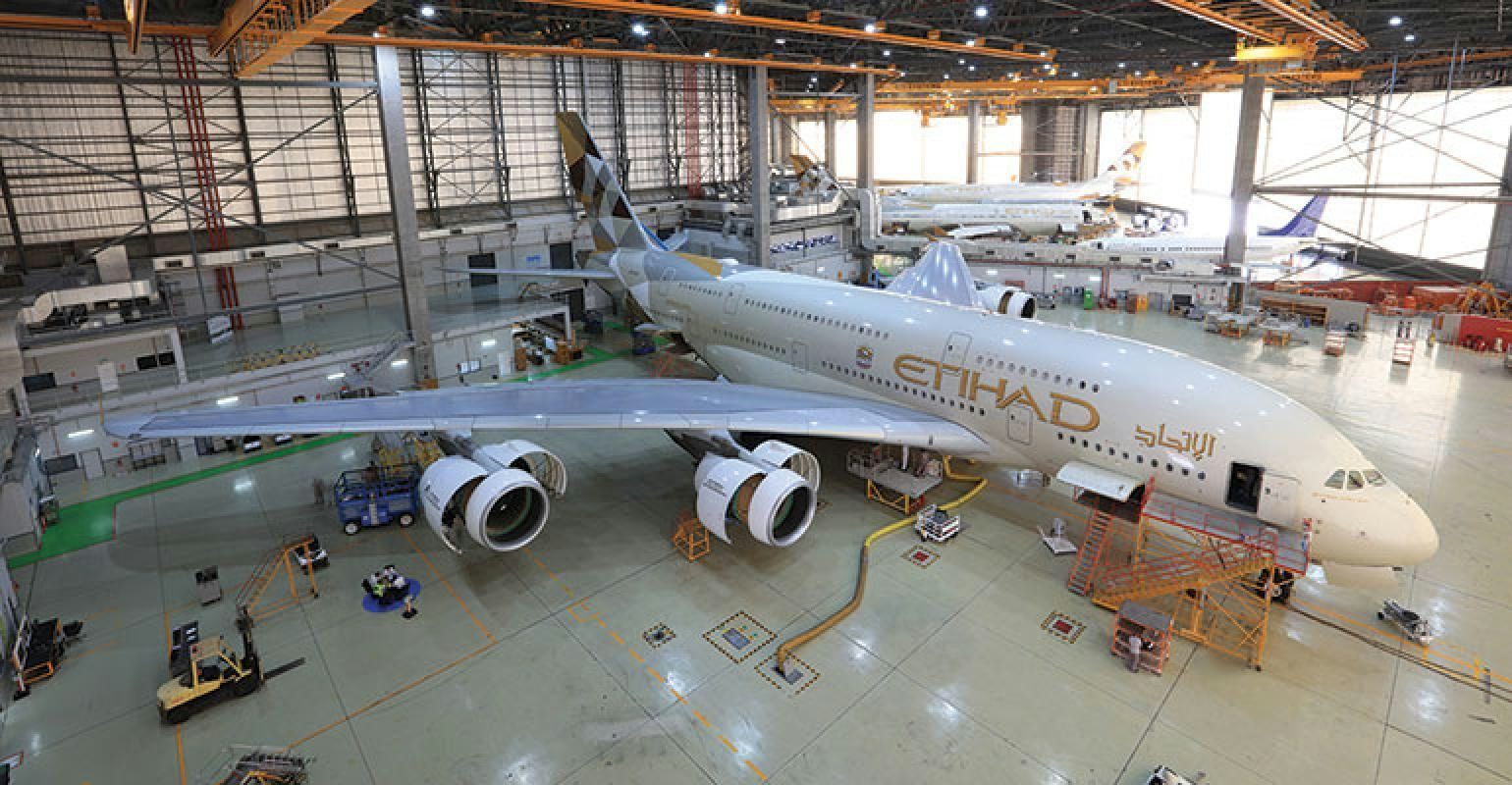
Etihad Airways’ Airbus Widebody Expansion Supports UK Manufacturing
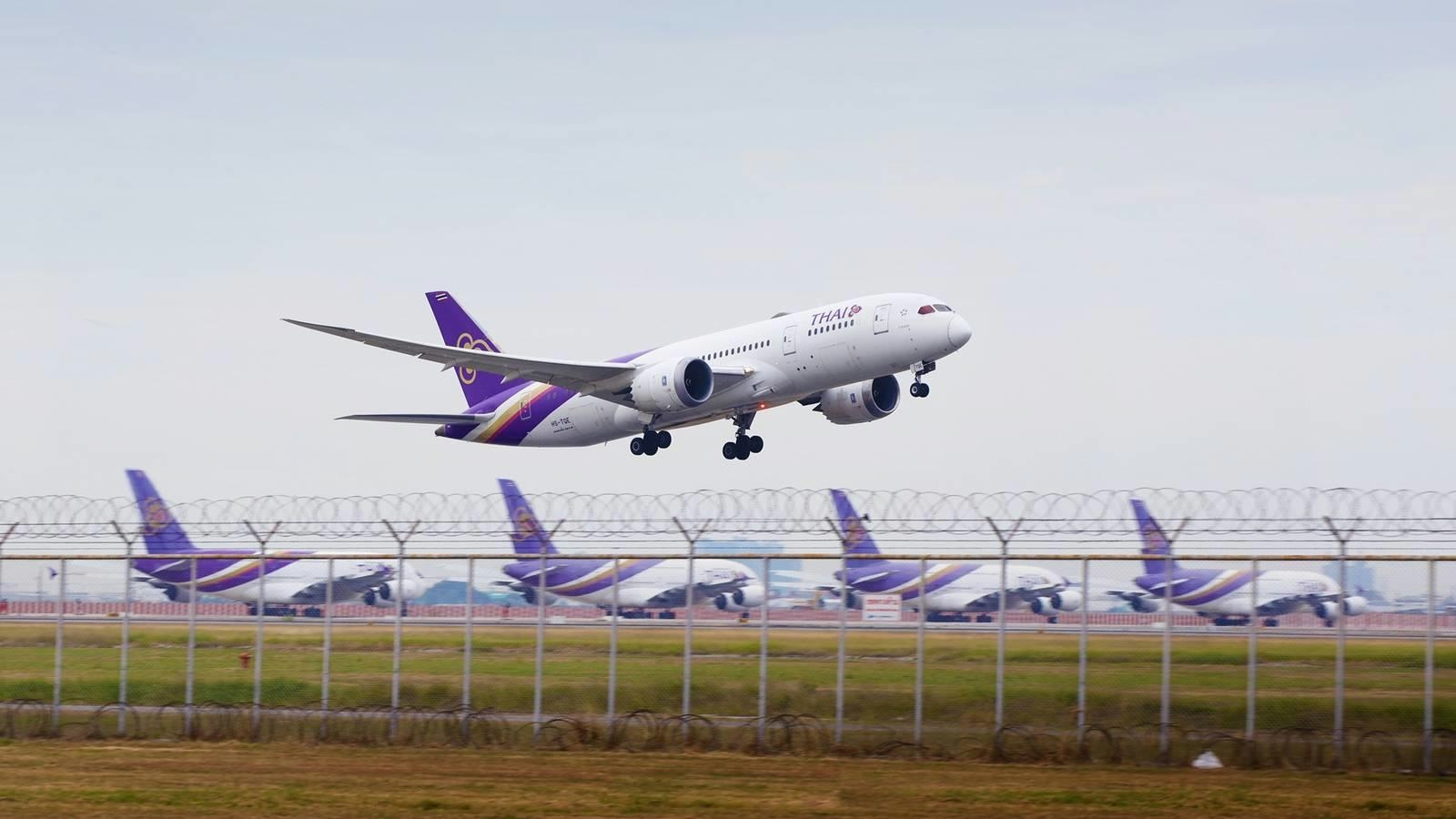
Thai Airways seeks more widebodies to develop its hub strategy
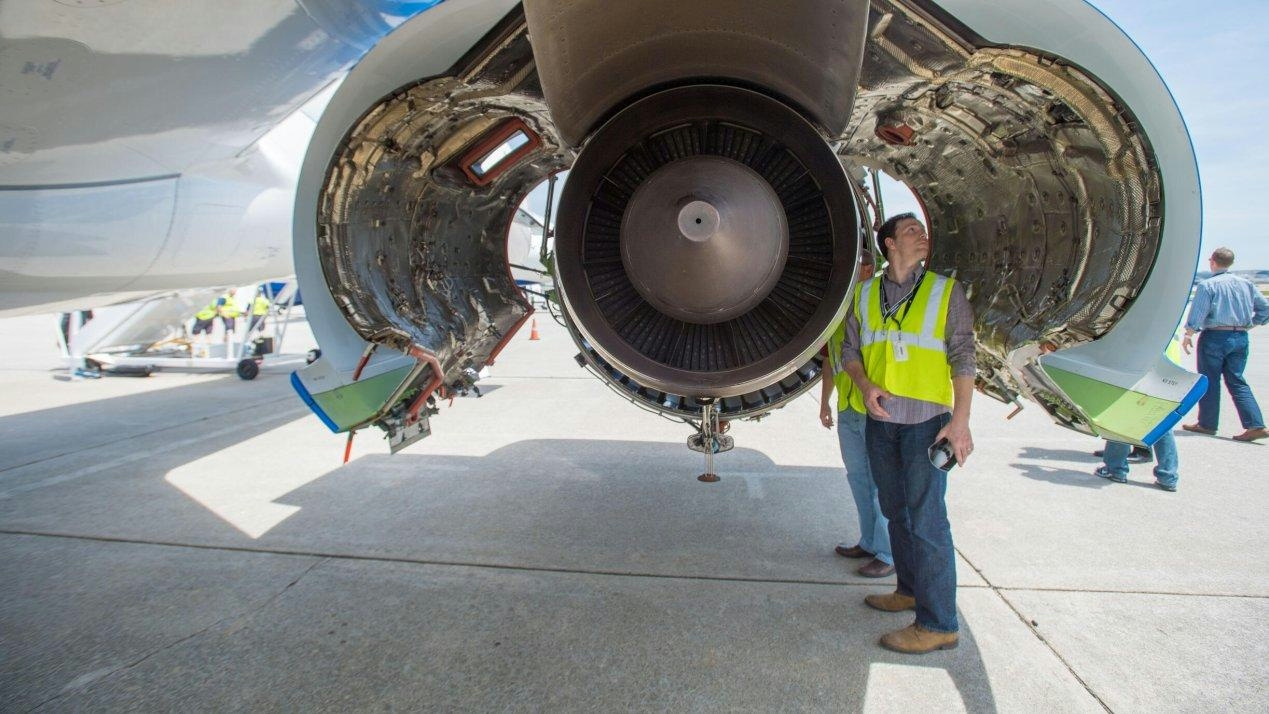
Engine Shortages Pose Major Challenge for Airbus A220

TLC Jet to Acquire Private Aviation Operator Privaira
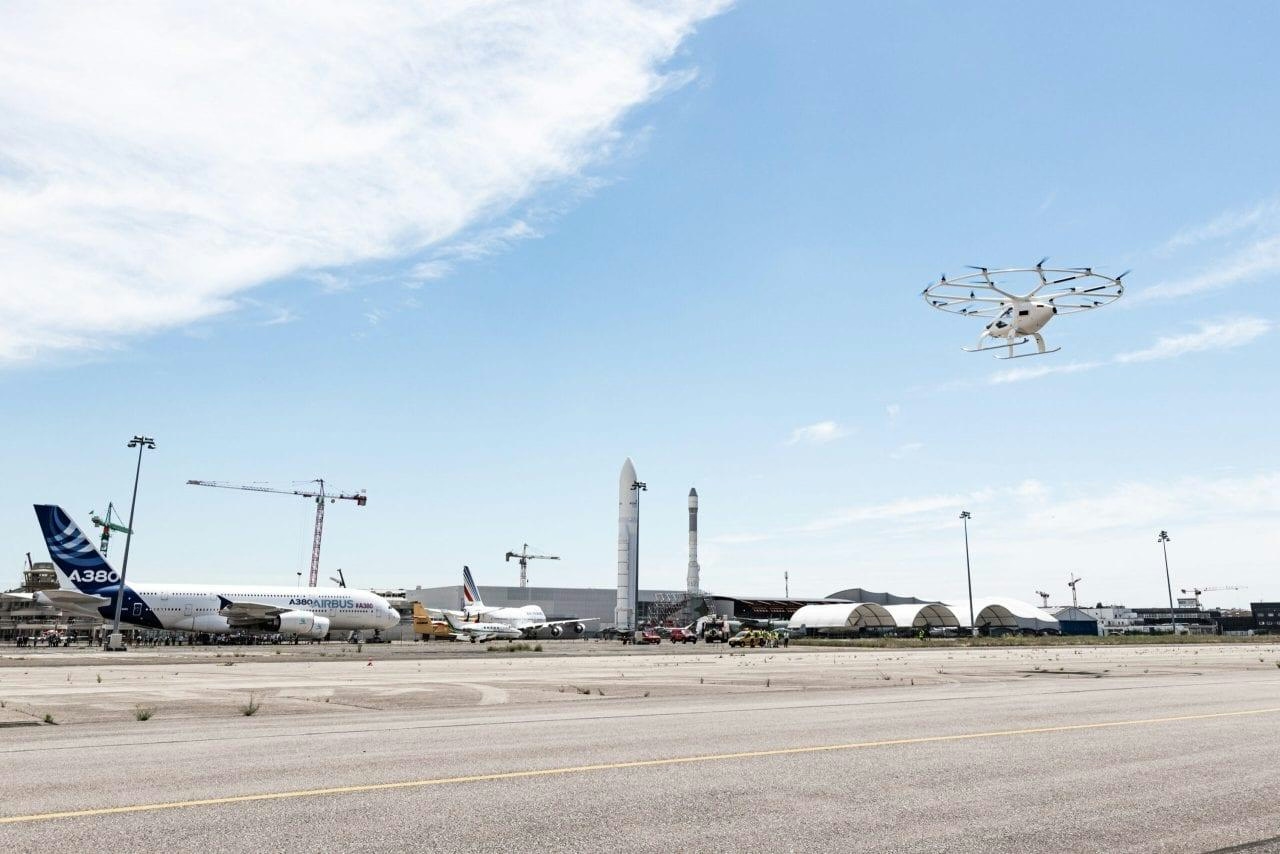
Volocopter to Launch First European eVTOL Sandbox Program in 2026
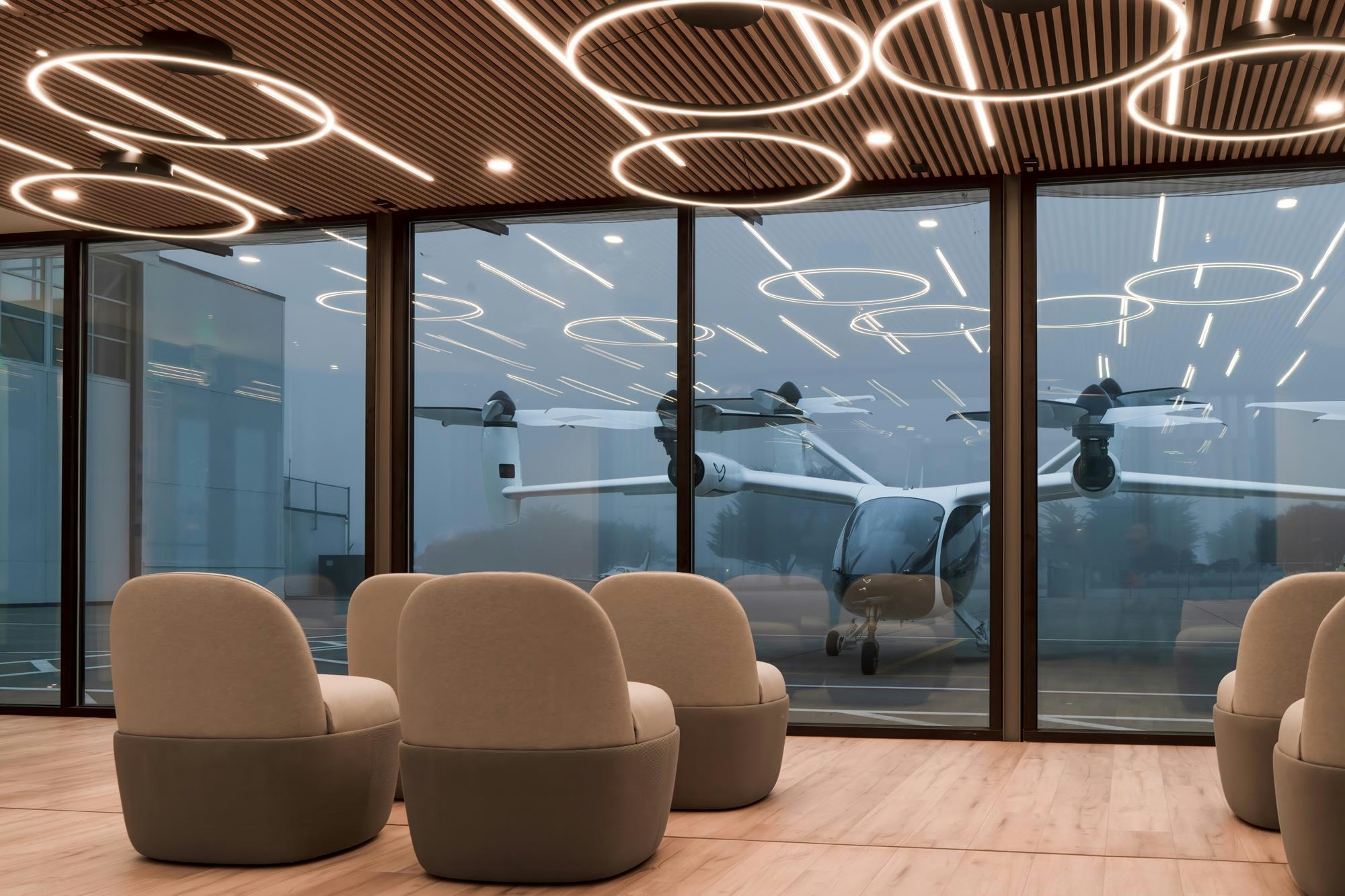
Joby Reveals Locations for New Vertiports
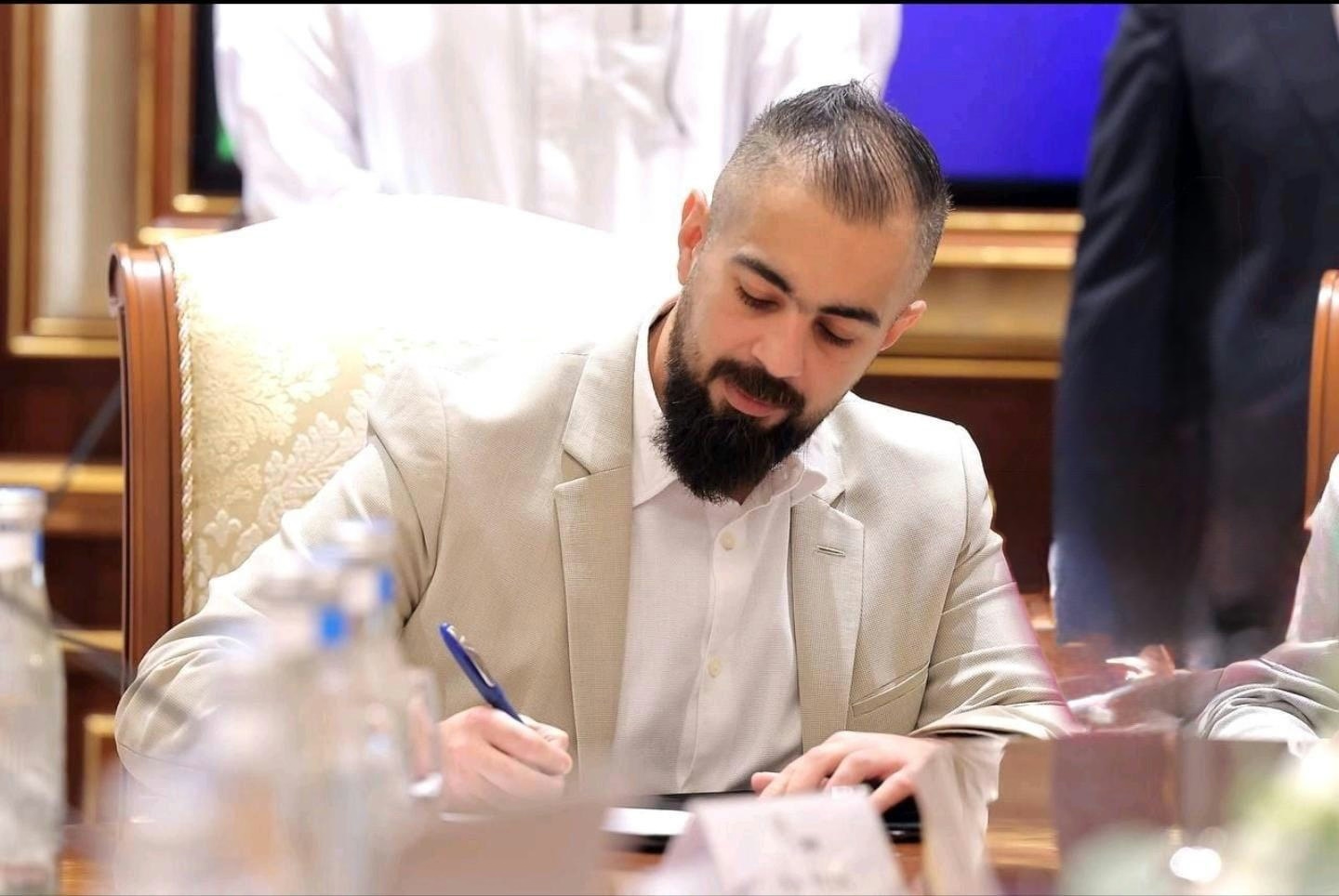
Ariyax Capital Launches AXPT Initiative
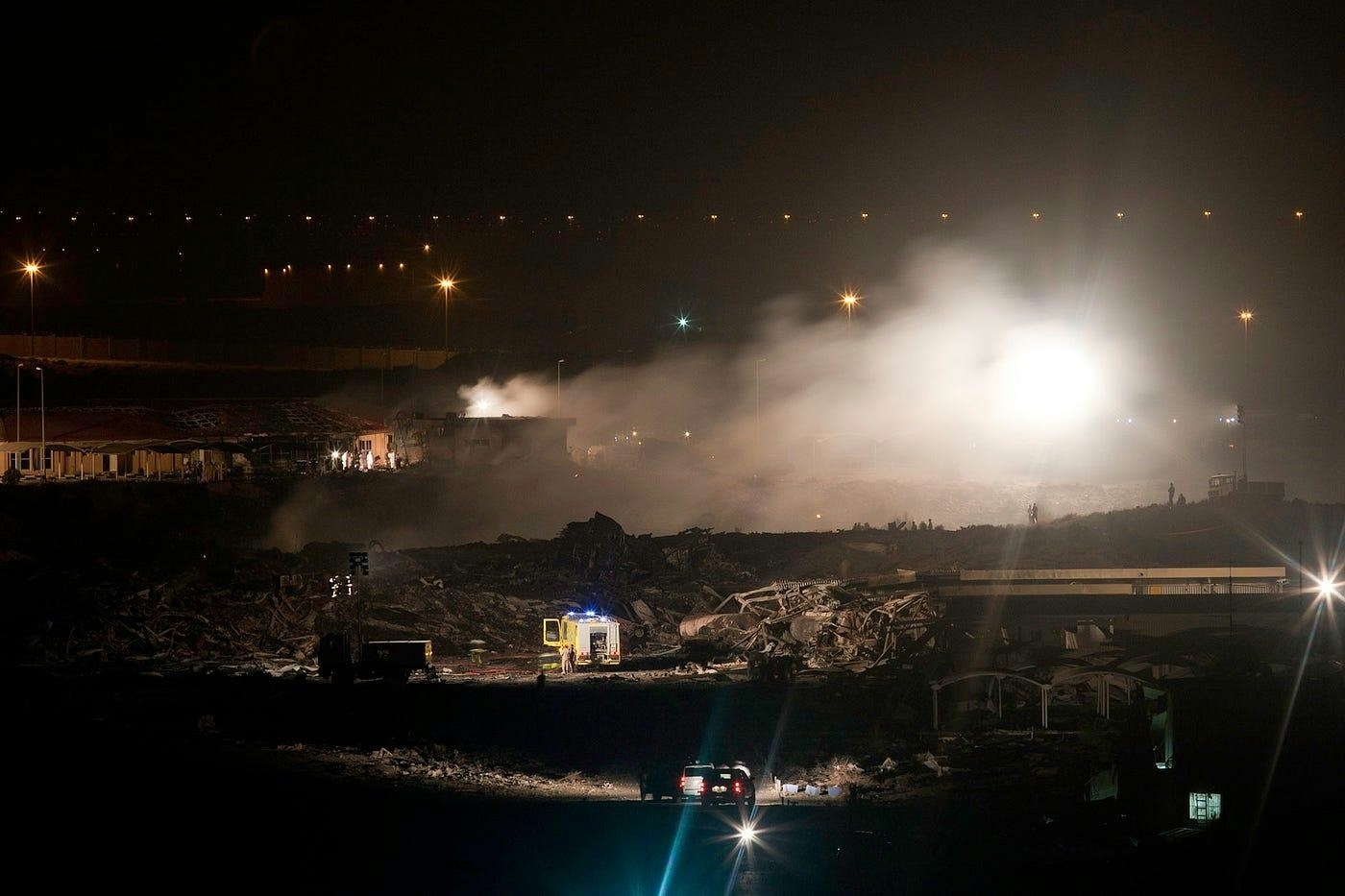
Report: 747 Engine at Full Throttle During Fatal Hong Kong Runway Excursion
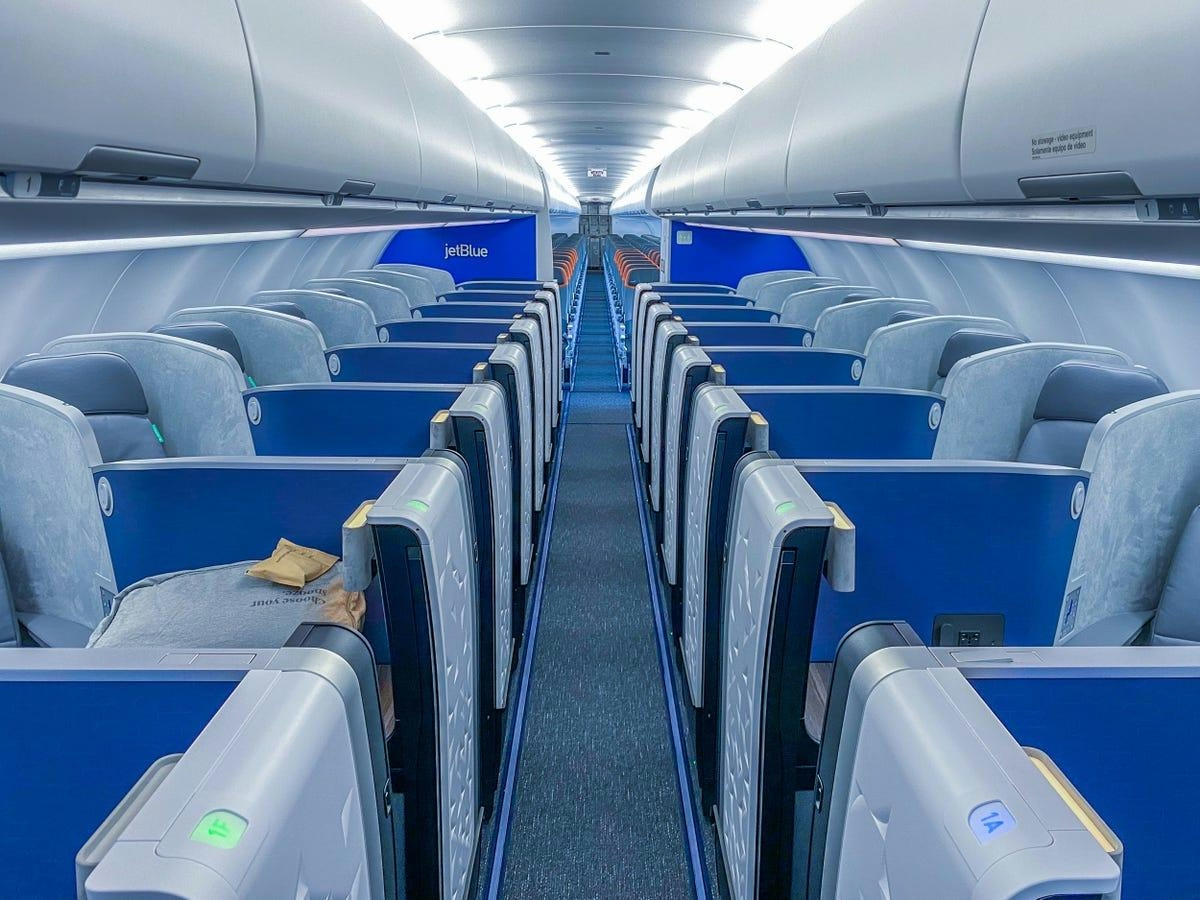
Airlines Shift From Widebody to Narrowbody Aircraft on Long-Haul Routes
